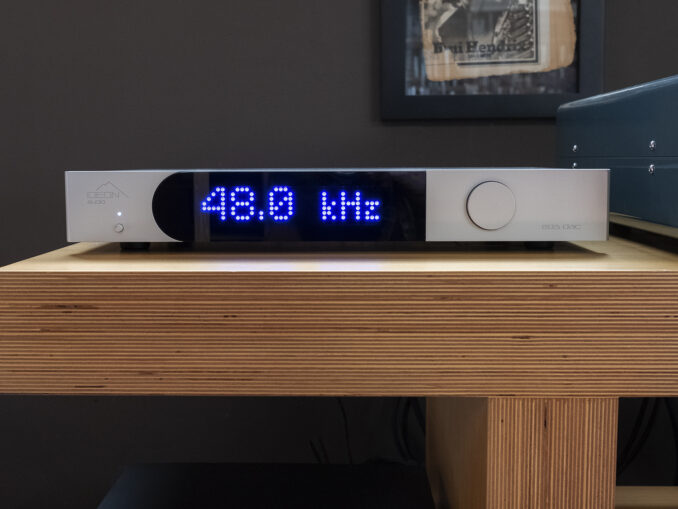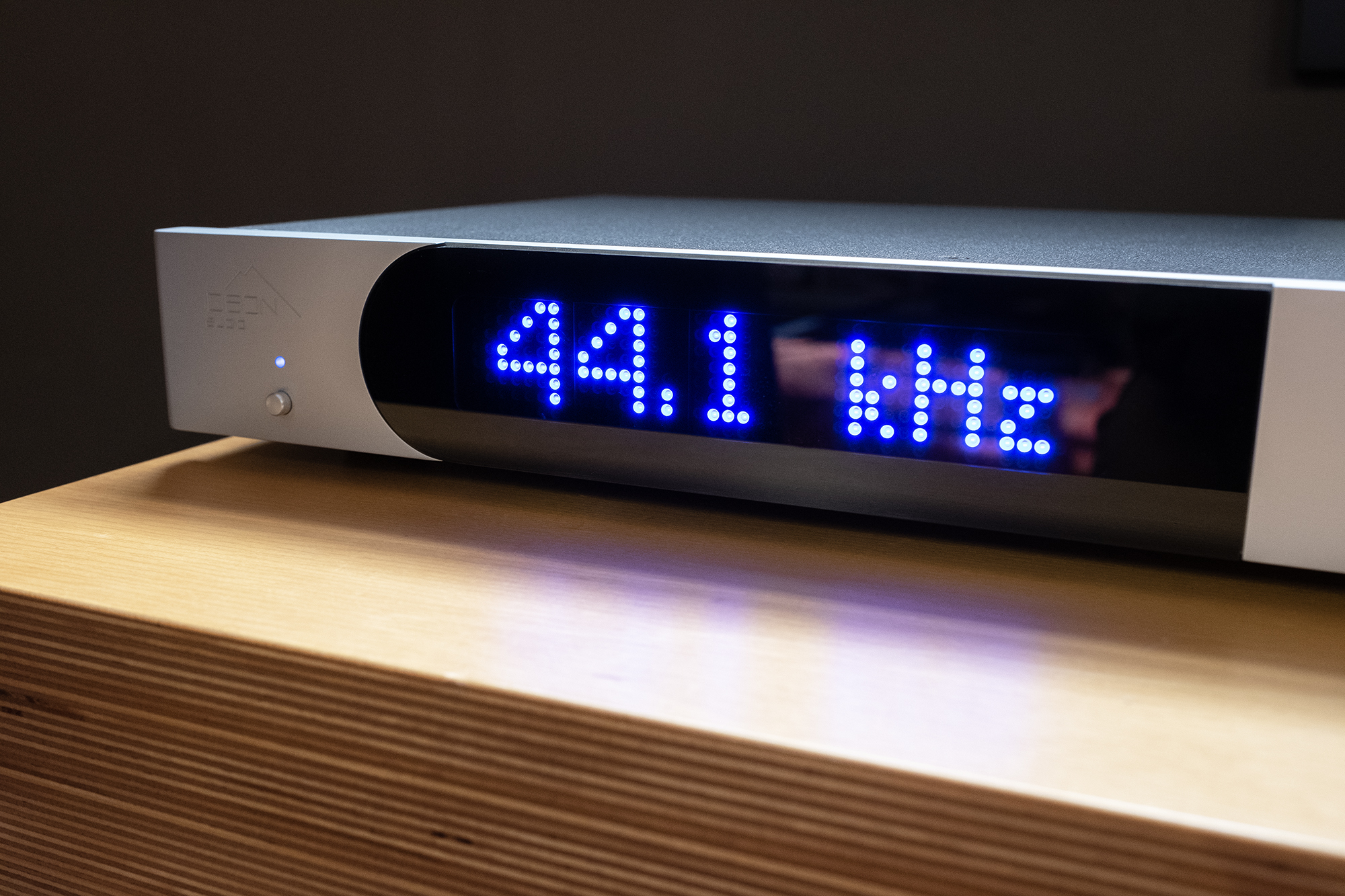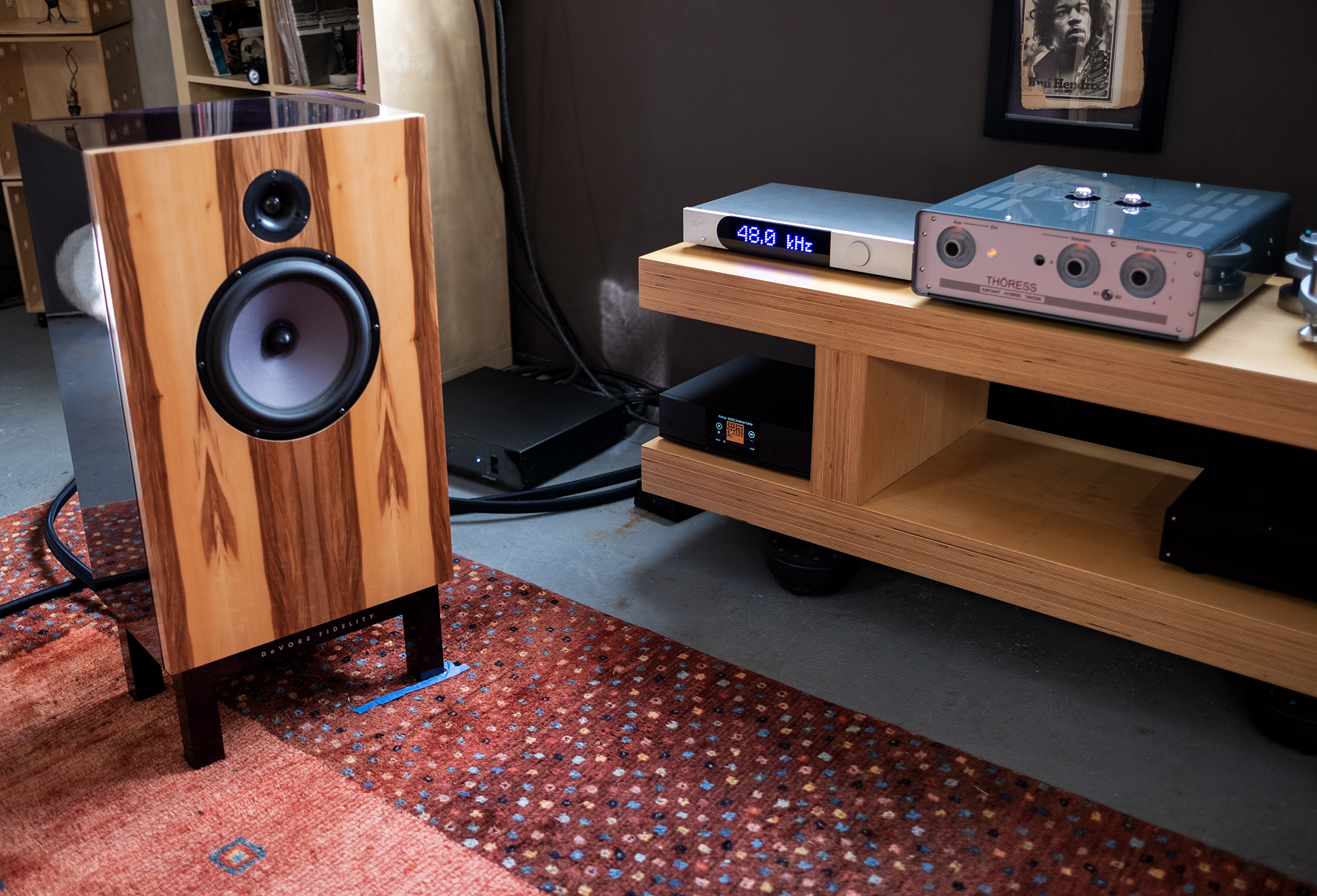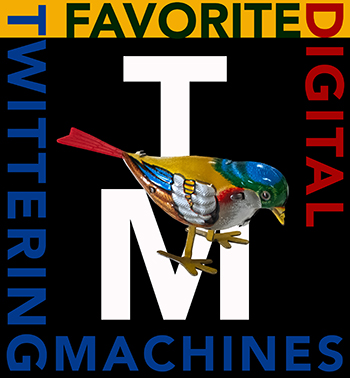
How much do we really know about a DAC we’ve never heard? The answer depends on who you ask.
Some people, and I am decidedly not one of them, feel they can suss out the sound of a DAC from a set of measurements in isolation, i.e. on the test bench, or even from reading a list of features, parts, and/or specs.

Like these from Ideon Audio about their EOS DAC under review:
- Cutting edge analog stage, with symmetrical ultra-low noise power supply.
- -120 dB SNR, quad current output from DAC.
- Silicon carbide diodes deployed to minimize diode-rectification noise
- Upgradable DAC and USB input engine.
- New in-house developed dedicated software for the DAC chip (same as the Absolute E DAC). The upgradable chip firmware is developed by Ideon Audio in close cooperation with ESS.
- Native support and playback for all DSD and PCM formats/frequency rates
- Proprietary Triple Distillation USB input: Noise Elimination.
- New audio USB codec used in our USB input module. A proprietary design, being the most current, state-of-the-art technology. The result; amazing, practically zero jitter, extremely low noise, super-fast processing, and extraordinary, natural sound quality.
- A customized USB Audio 2.0 audio class driver developed for Windows. It’s optimized for low latency and low CPU load. Buffer depths can be adjusted to optimize settings for any given computer. The driver implements a transparent (bit-perfect) playback.
I bet some people are wondering exactly which DAC from ESS is inside the EOS and I’m not saying because it doesn’t matter (imagine going to the Metropolitan Museum of Art and spending the entire day trying to figure out what kind of primer each painter used instead of looking at the paintings). A DAC has but one job to do—turn digital (audio) into analog (music) that functions as part of a system that allows us to connect directly to the music. Without fail, without distraction, without annoyance and these are things the Ideon EOS does really well, and in some ways exceptionally well.

From a use case perspective the EOS could not be simpler—it has a USB and Coax (RCA and BNC) inputs and single-ended RCA or balanced XLR outputs. Stick your power cord of choice in its IEC inlet, connect it up, power it on, and play.

Up front we have a power button, display, and input selector. During play, the sample rate is shown in big, bright and bold dot matrix form. The EOS is, to my eyes, clean, simple, and elegant in an understated way. It’s substantial 22 lbs. also provides tactile reassurance.

The EOS got to play in a number of system settings, something I like to do with DACs to see which of its traits travel with it regardless of system context. These included playtime with the Barn’s dynamic duo Leben CS600 driving the DeVore O/96 (review), with the heavyweight resolution champion pairing of the Soulution 330 Integrated Amplifier (review) and Rockport Atria II (review), and with the same Soulution integrated driving the DeVores and the review Volti Audio Rival SE (more info), and finally paired with the review Thöress EHT Integrated Amplifier (more info) driving the O/96. All (very) different sounding systems (full system & Barn details).

Based on this game of hifi musical chairs, I can tell you that the Ideon EOS is one highly resolving DAC that lends whatever system it’s in outstanding clarity, speed, slam (dynamics), and drive. I’m reminded of the EVEN Hotel in Rockville, MD which is where I stay when attending the Capital Audiofest. And it reminds me of that hotel because the water that comes out of the tap in the EVEN Hotel has more flavor, an awful flavor at that, than any water should. The taste reminds me of the sickeningly sweet perfumed pollution you sometimes smell driving over the Bayonne Bridge (no air should smell like that). Which is all to say that the Ideon EOS is the Fuji water of DACs, the fresh mountain air of D/A conversion. It has flavor but its non-additive in nature and makes music sound unfiltered, clean, clear, and crisp.
Model/Actriz’s Dogsbody was among my Favorite Records of the Year for all of its brutish charm: “When I’m reminded of The Birthday Party, I’m happy. Brooklyn-based Model/Actriz exhibit a similar sound and barely contained energy/violence that gets my blood pumping like a good fright.” Baddass bass churns and thumps, guitars clash, drums blast, and distortion screams as vocalist Cole Haden speaks/sings over the melee with as much snarly energy as Nick Cave (young or old Cave, doesn’t matter). With the Ideon EOS receiving the bits from the review Auralic ARIES G2.2 (more info), Dogsbody came screaming out of the DeVores as pure unbridled energy, laid out in space in big screen high resolution fashion sounding as fast as Model/Actriz (and they can be manically fast) with as much bite as warring dogs. Stunningly fast with energy rich resolution. Whew! The EOS reminded me how much I love this record and why.
Jessica Bailiffs’ self-titled third solo album was released on kranky in 2002 but it only recently showed up on my radar (i.e. Roon Radio). As delicate and intricate as lace, this record is rich in quiet loveliness, with real care taken in every sound and its place within this web of song form wonders. You really want to hear every ‘voice’ fully formed and laid out against pure silence and these are some of the things the EOS DAC does exceptionally well. My favorite system for the EOS DAC found it paired with the aforementioned ARIES G2.2 streamer and either the Leben or Thöress driving the DeVore O/96 because these playmates bring a bit more tone, body, richness and color to music reproduction as compared to the highly resolving Soulution/Volti or Soulution/DeVore combo which sounded very nearly like too much of a good thing, very nearly like too much resolution at the cost of some flesh.
This kind of picking favorites is very much a personal thing so please keep in mind that I’m simply sharing my preferences. Yours may very well vary and in the land of hifi, everyone gets to pick those things that make music most special. Hifi is one place where we get free reign to exercise our tastes in pursuit of pure pleasure which is why I find those people who have stronger opinions on gear they’ve never heard than people who have so abhorrent.
Do you remember The Dirty Three? Circling back to Nick Cave, Warren Ellis, who is a newish member of The Bad Seeds and also, along with Cave, a prolific soundtrack music maker (The Proposition, The Road, Hell of High Water, Wind River, and La Panthère Des Neiges to name but a few) Grinderman was first part of Australian instrumentalists, The Dirty Three. Along with Mick Turner on electric and bass guitars, Jim White on drums, and Ellis on (badass) violin, The Dirty Three put out a dozen or so records and Horse Stories from 1996 is among my favorites. Sounding like a soundtrack to a Wim Wenders Western, Horse Stories needs to be taken in whole, the entire hour’s worth of storytelling through tunes (not words). This record paints broad landscapes, at least in my mind, sweeping vistas more and less barren where Ellis’ violin blows through at times like a warm breeze while at other times like a fiery gale and when joined by the other boys in the band for the wilder moments, The Dirty Three could produce more furious energy than a barge full of angry Tasmanian devils.
Here you want a DAC that never looses a grip on even the densest fury that can follow along with the breakneck speeds of Ellis & Co. while reproducing the full spectrum of sounds coming off Ellis’ strings like an explosion in a piano factory (I can nearly see the strings of his bow coming undone to fly along with the manic energy) and the EOS proved a master at such a task, regardless of system context. I’ve heard some DACs sound richer but slower and the only DACs I’ve heard that can deliver more body and weight along with the EOS’ speed, clarity, and dexterity cost a more than a few thousand more, like the Barn resident totaldac d1-unity. That said, the Ideon EOS sounds a bit more neutral compared to the totaldac, a bit cooler and cleaner compared to the totaldac’s warmer richness. Once again, we’re talking about horses for courses when it comes to picking a “best”.
As the days grow shorter and the shadows grow longer, I sometimes enjoy a trip, albeit virtual, to warmer climes. And Dadawah’s Peace and Love from 1974 is always the perfect tour guide.
From the Boomkat review:
A spiritual session of seminal nyabinghi grounation from Dadawah circa 1974, perhaps the most mind-expanding, important spiritual dub reissue we’ve heard this last decade and inarguably a template of sorts for the whole burial mix aesthetic. It doesn’t get much more influential, or spiritual, than this one.
If mind-expanding spiritual dub tickles your imagination and Peace and Love is new to you, run don’t walk to give it a listen. I know I’ve said this before but it bears repeating—in my experience and for my tastes, digital has a difficult time with reggae (and traditional acoustic blues) and I think part of the struggle is timing. When music lives and breathes by the beat, by the spiritual nature of acoustic-time, some/most digital can make it sound clumsy. Or perhaps better stated as less fluid and less natural, as if the musicians were replaced by skilled automatons or some robotic AI rendering where the rhythm just don’t gel. And I’ve noticed this since the birth of the CD, which is why I try to buy all of my favorite reggae and blues on LP. With all that said, the Ideon EOS is one DAC that nails the beat, the gets the micro and macro movements of Dadawah’s seemingly simple groove. And you know how I know this is the case? Because I can feel when it’s right, I’m sure you can too, and the EOS DAC gets Dadawah and delivers the beauty of Peace and Love’s smoky groove better than most any digital I’ve heard.
To my mind this is not the result of just one aspect of D to A conversion prowess but the result of a DAC that does this all-important job, turning bits into music, exceedingly well.

You may recall my glowing review of Ideon’s Ayazi mk2 DAC & 3R Master Time Black Star where I concluded, “There’s no better surprise in hifi than being startled by an unexpected level of musical engagement.” After living with the more upscale EOS for some 3 months and letting it do its thing in a number of systems, I can say with confidence that it inherits Ideon’s supremely transparent house sound coupled with next-level cool clear clarity, superb control, and outstanding dynamic snap! that put me deep inside music’s groove. If you’re looking for a DAC that makes the all-important task of turning bits into music feel effortlessly transparent, the Ideon EOS is an exceptional choice.
Ideon Audio EOS DAC
Price: $9900
Company Website: Ideon Audio
North American Distributor: Audio Skies | email: [email protected] | phone: 310-975-7099
Specifications
| Supported Formats (Input Dependent) | 44.1kHz to 384kHz PCM up to 32 bits , Native DSD (up to 8X DSD) |
| Digital Inputs | 3x Advanced isolated input module slots (USB, BNC, RCA) |
| XLR Balanced Outputs | 2.2 Vrms at 0dB |
| RCA Outputs | 2.2 Vrms at 0dB |
| THD (A-weighted 20HZ-20KHZ) | < – 110dB on all outputs |
| Channel Separation | >124dB on all outputs |
| SNR (A-weighted 20HZ-20KHZ) | >120dB on all outputs |
| Dynamic Range | 20HZ TO 20KHZ 132 dB (FS) . 130 dB (AFS) |
| Display | Custom matrix LED display |
| Dimensions (W x H x D) | 460 x 295 x 110 mm ( (18.1 x 11.5 x 2.9 in) |
| Weight | 10kg (~22 lbs) |


